The first third of the year is nearly complete – yes, where indeed did those four months go?! We thought it a good opportunity to reflect on the private jet sector and look at the key drivers transforming the private aviation industry. Innovation is the word of the moment. There are a number of extremely exciting innovations and developments that will surely redefine private jet and helicopter travel around the globe.
With regards to destinations requested by our clients, there are two characteristics we are experiencing:
- The importance of eco-friendly destinations, but with luxury still a the top of the list of ‘must haves’.
- The importance of remoteness, but again with luxury as a requirement.
Eco-friendly Destinations
In a bid to redefine luxury hospitality, an emerging breed of hotels is combining opulence and eco-consciousness in a way never seen before. These trailblazers have incorporated sustainability into the very essence of their operations, setting a new standard for luxury travel. For discerning travellers seeking indulgence without compromising their commitment to the environment, there are now more ‘green’ luxury hotels than ever before, including:
- The Brando (Tetiaroa, French Polynesia)
- Soneva Fushi (Baa Atoll, Maldives)
- Bardessono Hotel and Spa (Yountville, USA)
- Inkaterra Machu Picchu Pueblo Hotel (Aguas Calientes, Peru)
- Six Senses Douro Valley (Lamego, Portugal)



At the beginning of the year, we wrote an article on these hotels. Read More.
Remote Retreats
With the world smaller than ever in terms of remoteness, isolation is becoming the new form of luxury. The term ‘getaway’ is no longer just a synonym for a holiday, but a yearning to ‘get away far from civilisation’ (but again with luxury still a requirement!)
Think hidden beach retreats, a remote desert oasis with outdoor tubs for stargazing, whale-watching off Panama’s Pacific coast, or fireplace-filled suites nestled between sprawling African lakes.

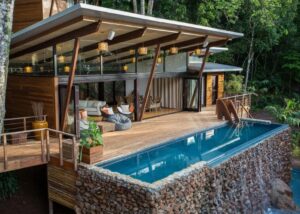

SAFS (Sustainable Aviation Fuels)
The aviation industry, in particular the private jet aviation sector, continues to innovate in electrification and hydrogen fuel, but this will take at least 10-15 years to contribute meaningfully to a reduction in carbon emissions in our sector. Sustainable Aviation Fuel (SAF) is recognised by the aviation industry as the key solution in decarbonising aviation that is ready and available today.
SAFs are made from renewable waste materials and can reduce emissions by up to 80% compared to conventional jet fuel. The maximum allowable blend of SAF with conventional jet fuel is currently 50% for commercial flights, but up to 100% can be used on modern airliners. So as new aircraft enter service, both commercial and private, SAFs will more and more be utilised.
As a footnote, Sentinel Aviation is totally committed to zero-emission aircraft travel. We are partnered with Pelorus Foundation, supporting their Climate Investment Fund which funds grassroots projects that balance carbon emissions. When you fly with Sentinel Aviation, you have the opportunity to balance your carbon emissions through Pelorus Foundation’s Climate Investment Fund.
Electric Aircraft
A truly exciting development. As with the development of electric cars, it does take time for the weight-to-energy technology to make it viable, but great strides in technological development are being made every day.
We recently reported on Doroni’s H1X electric flying car – Read More Here. This two-seat flying car is currently a full working prototype, with the Miami-based start-up saying it will move into flight testing this year. The first units could reach clients by 2025. Visit the Doroni website
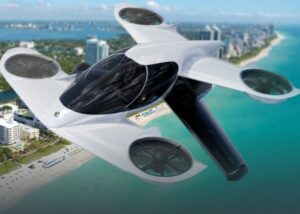
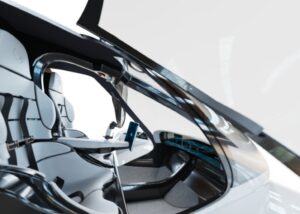

There is also Electra’s eSTOL (electric ultra-short takeoff and landing) – designed to fill a gap in transportation between 50-500 miles, to bring air service to thousands of communities where air travel today is not a practical or affordable option.Visit the Electra website
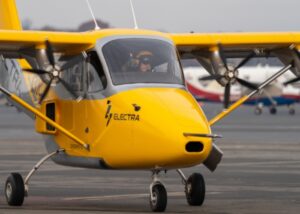
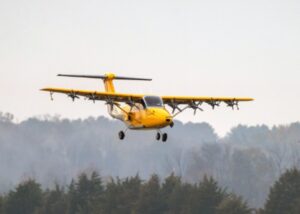
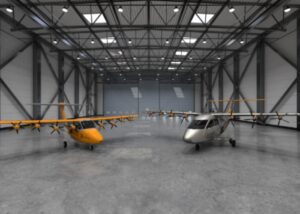
Urban Air Mobility (UAM)
UAM is the use of small, highly automated aircraft to carry passengers or cargo at lower altitudes in urban and suburban areas which have been developed in response to traffic congestion. It is poised to transform city transport, presenting a quicker, more efficient option compared to conventional ground travel methods.
In 2024, we expect substantial progress in UAM technology, including the evolution of electric vertical take-off and landing (eVTOL) vehicles and the creation of sky-based transit networks in global urban hubs.
One example that looks very impressive is Volocopter. They have an all electric air taxi called VoloCity launching in Paris later this year, followed by Rome and other notable cities. Visit their website.
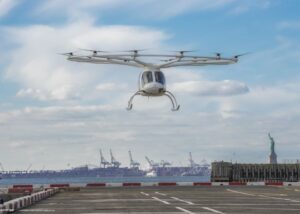


Another is Joby Aviation, a Californian based engineering company. Have a look at their website.
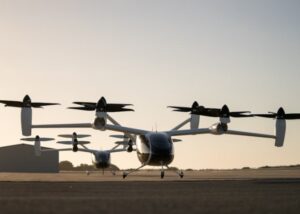
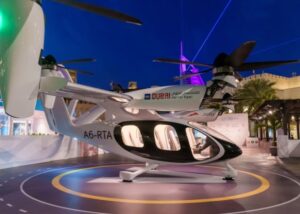
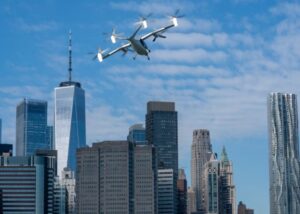
Family Travel
Chartering a flight for the family and friends is becoming more popular than ever, and unsurprising when you witness (whether first hand or via the news and social media) the stresses and strains of commercial flying!

We often think of private jet travel as the domain of business men and women, jetting across continents to seal commercial deals! But let us not forget the absolute joy of ‘flying private’ with the family – from schedule flexibility and in-flight entertainment to exclusive privacy and luxury for all ages! And conversely, let us also not forget the stressful experience of flying commercially with your family – from never ending security lines and chaotic airports to delayed (or cancelled) flights and lengthy passport control.
We recently wrote an article on ‘Top 10 Reasons for Your Family to Travel by Private Jet’. Read More Here
Get in touch
© Sentinel Aviation. Company No. 09400896. Vat No. 221163359.
All rights reserved. Created by AJA Design.
